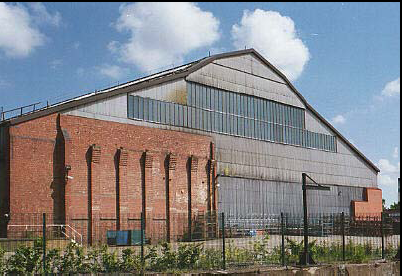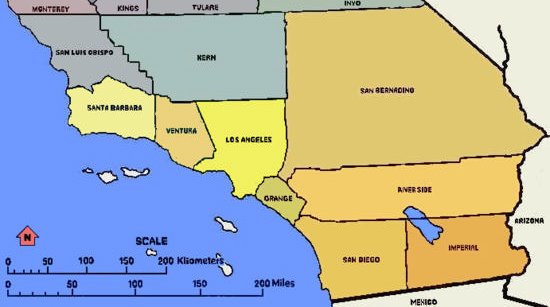INFILL LAND
In the competition for industrial real estate investments, more institutionally backed buyers are dabbling with infill land, but have not yet found the formula for success. Infill sites are considered non-traditional investments because they take more effort to understand and come with substantial risk. Large buyers can not make as big an investment in infill as when they purchase a portfolio of buildings. For this reason, and until institutions learn how to roll up these non-core properties, there is still a great opportunity for smaller entrepreneurial buyers to distinguish themselves as experts in the field.



